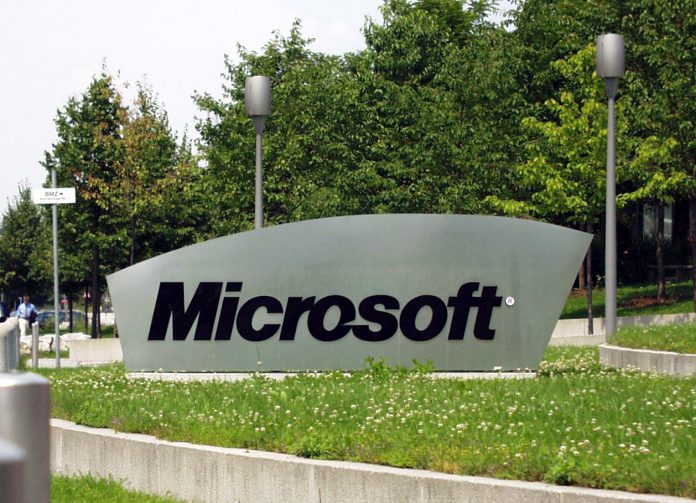Seattle, like most cities, has a problem with gridlock traffic during peak hours. Microsoft and Ford researchers through a co-development are using quantum computing to simulate the impact of thousands of vehicles on congestion. For example, during rush hour periods drivers use applications like Waze and Google Maps simultaneously to find the shortest routes. While these navigation tools are powerful, they are also limited. Among the limitations is the ability to only handle route requests singularly. Multiple requests such as other drivers on the roads are not possible. Microsoft and Ford under a joint research project to solve this problem.
The two companies propose a routing system that could be used across route requests made by multiple drives. As such, the system could consider manage traffic to ensure the number of vehicles on a defined route is reduced.
Quantum Computing
Because of the computational power required, traditional computers are unable to manage the load. However, quantum computing could achieve the requirements. Of course, quantum computing is still largely experimental. Still Microsoft and Ford describe the technology as a major breakthrough. “By taking what we’ve learned about quantum computing and bringing it to hardware that’s already available, we don’t have to wait until quantum computers are deployed on a wide scale to take advantage of the technology. Using world-class quantum algorithms customized for specific problems, we can bring measurable improvements and drive change that can impact people’s lives.” Julie Love, senior director at Microsoft leading their quantum computing business development, says, “Quantum computing has the potential to transform the auto industry and the way we move. To do that we need to have a deep understanding of the problems that companies like Ford want to solve, which is why collaborations like these are so important.”




